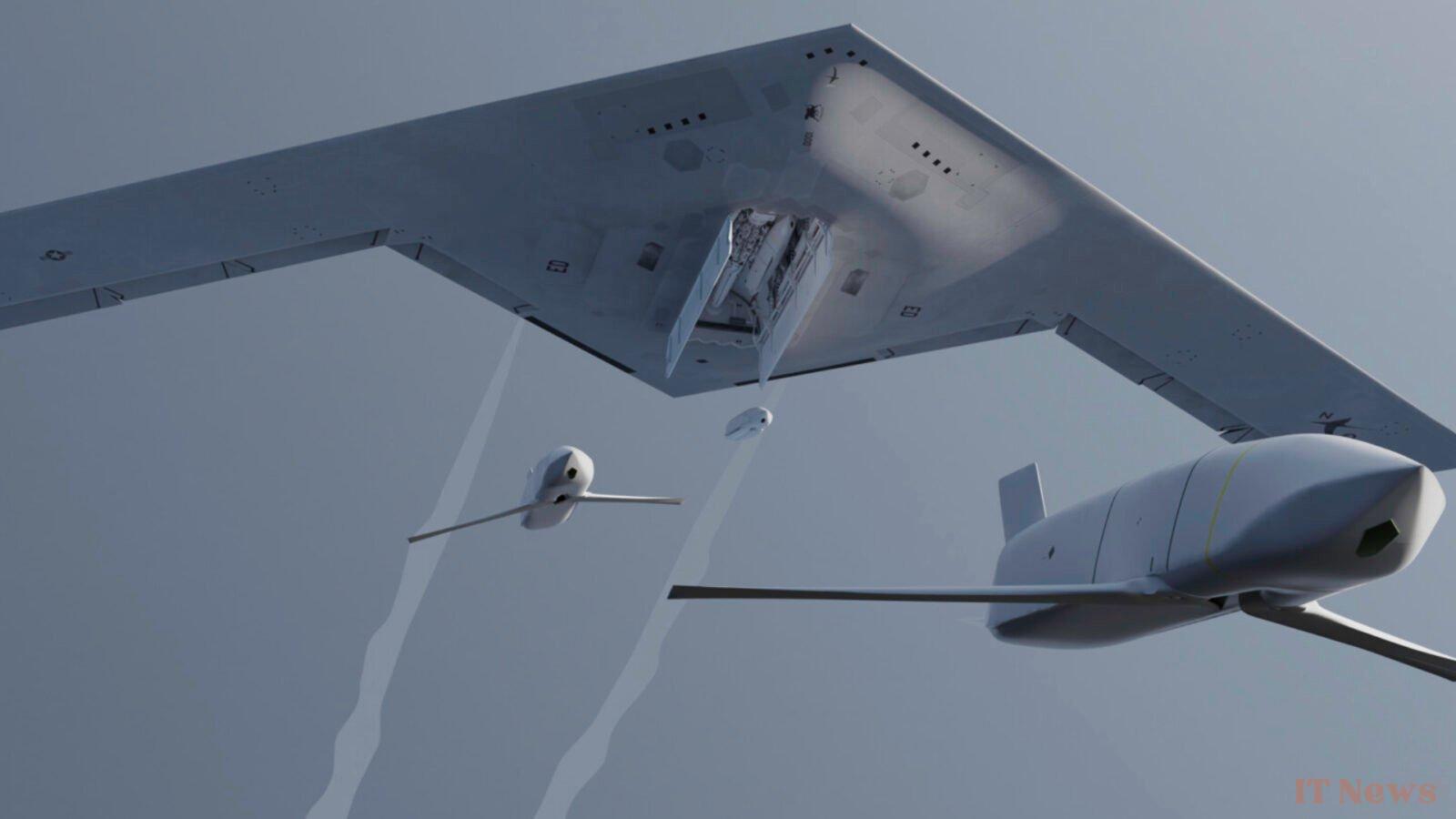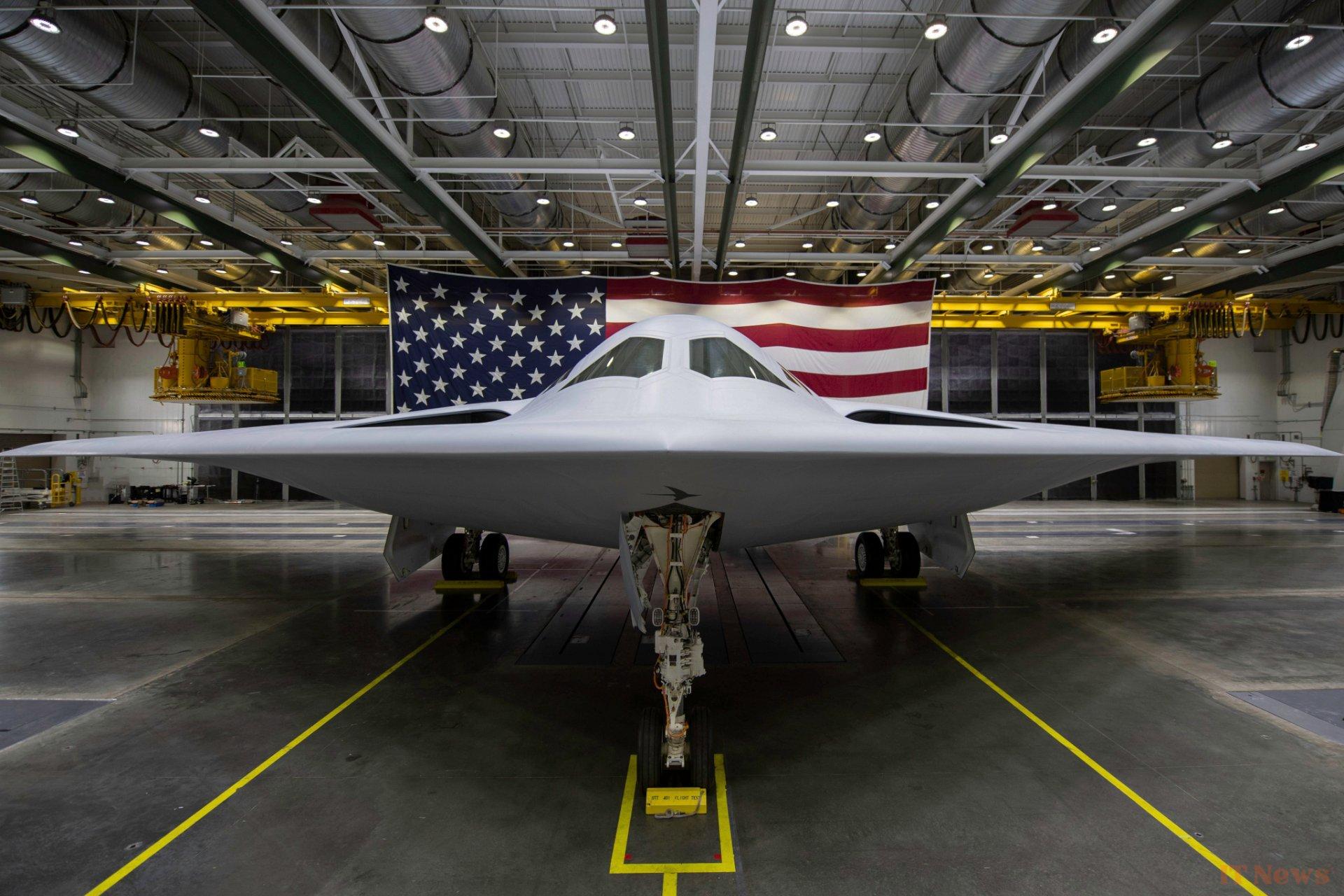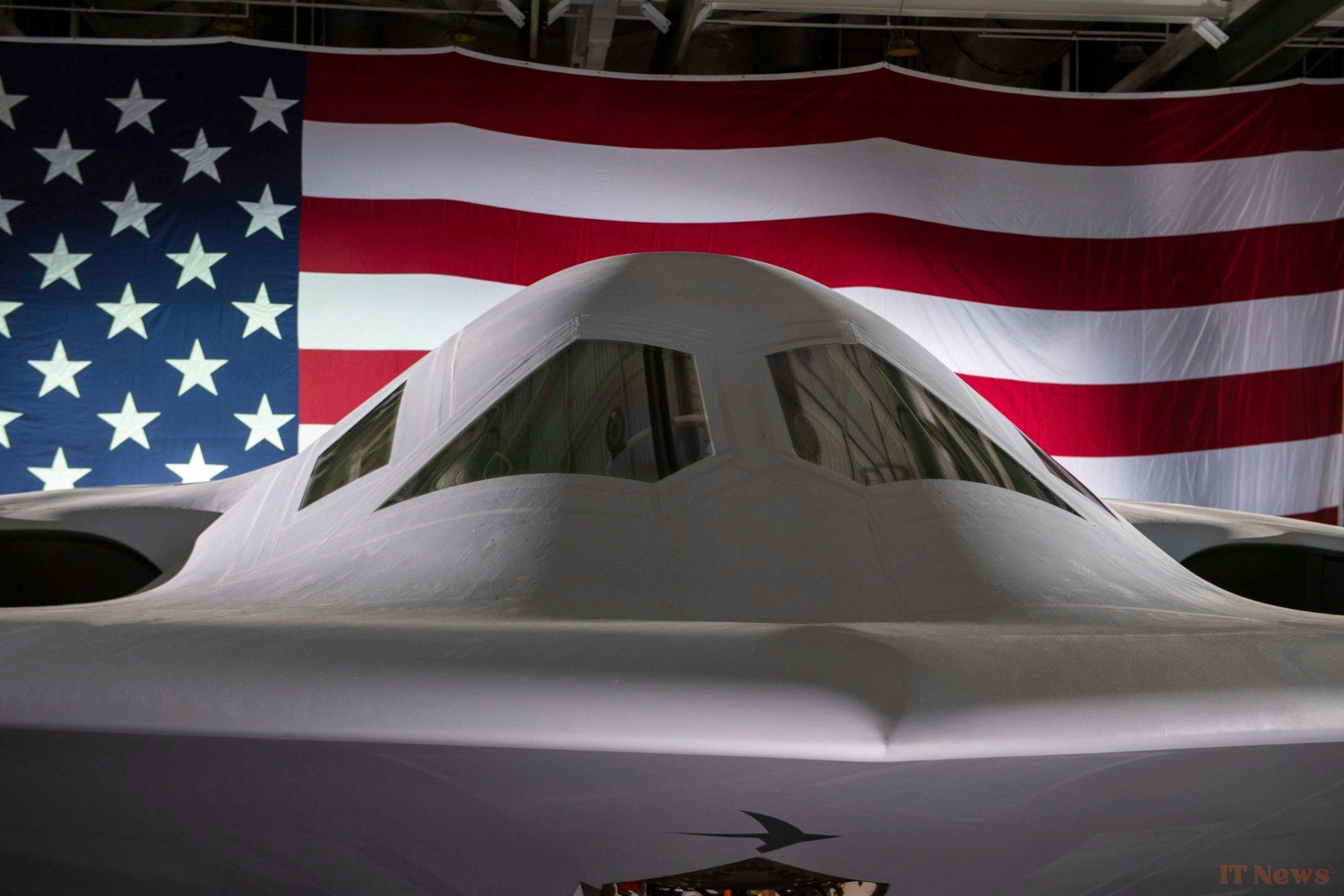The recent US airstrikes on Iran have put the spotlight back on the B-2 bomber fleet, based at Whiteman Air Force Base in Missouri. Capable of flying for 37 hours and carrying bunker-busting bombs that few nations could afford due to logistical constraints, the B-2 allowed the United States to present a particularly successful mission, while Iran would not have been able to detect the slightest penetration into its airspace, despite the mission lasting more than 90 minutes over its territory.
The US Air Force's plans, however, are geared towards a new generation of bombers, which should be operational soon. In 2026 or 2027, the United States will add the B-21 Raider to its fleet, a stealth aircraft similar to the B-2, but slightly more compact and advanced. In addition to being undetectable by radar, it must be undetectable by infrared. A technical challenge, which outlines the first lines of sixth-generation military aviation. Its capabilities would also lead it to encroach on the B-52's territory.
With its technological and aerodynamic improvements, the US Air Force's B-21 Raider will offer a greater range. Currently, the B-2 requires refueling every 6 hours, which results in a particularly large air force of tanker aircraft along its path. This represents a risk during missions lasting several dozen hours where discretion is necessary, such as the airstrikes in Iran. To simplify the B-2's monstrous maintenance, the B-21 Raider will carry two instead of four engines. These are Pratt & Whitney PW9200s. Its production must also be faster and less expensive, knowing that a single B-2 costs $2 billion.
In terms of wingspan, the future B-21 Raider will be 12 meters shorter than the B-2, at 40 meters compared to 52 meters. In length, it will be 6 meters shorter, at just under 16 meters. With this reduced size, it will logically be less adept at carrying bulky loads. That said, the US Air Force wants to fill this gap by ordering more aircraft. Currently, the US Army only has 19 B-2s. The payload capacity will still be around ten tons.
Invisible to radar and infrared
It was in December 2022 that the US Air Force and manufacturer Northrop Grumman unveiled the B-21 Raider, nearly two years before China showed its teeth with several fifth- and sixth-generation aircraft. Although the B-2 has evolved over time since its launch in the 1980s, it remains an aircraft developed during the Cold War. The future B-21 Raider was born in the digital age, with computer development and an open architecture. In other words, it will be able to adapt and improve even more over time.
Thanks to its "virtual replicas," the aircraft's development has greatly accelerated compared to the previous B-2. In a press release, Northrop Grumman indicated that the time to certification had been accelerated by 50%, thanks to software development and virtual simulations, before physical assembly.
Even though the B-2 offers reduced infrared, acoustic, electromagnetic, visual and radar signatures, it will be surpassed by the B-21 Raider. Among its most significant improvements is better thermal management, to work on the infrared footprint (by reducing the heat emitted by the object). One of the other improvement projects concerns the cockpit, with modified windows to guarantee both good visibility and a reduced radar signature. Finally, composite materials, the lifeblood of the aviation world, including in commercial aircraft, will allow for better absorption of waves.
The first B-21s have already rolled off the production line, with Northrop Grumman conducting its first flight on November 10, 2023, in Palmdale, California, to Edwards Air Force Base. Flight tests then increased, with up to two takeoffs per week. In January 2024, the Pentagon approved the launch of low-rate production of the aircraft. More recently, in the fourth quarter of 2024, Northrop Grumman signed an agreement for the manufacture of a second batch of B-21s.
Although the figures remained secret for a long time, we now know that the first batch of aircraft involved the production of 21 B-21 Raiders. The second batch comprised 19 aircraft. This would make 40 to date, out of the 100 that the US Air Force plans to have in its fleet. To date, its unit price is estimated at around $793 million.





0 Comments